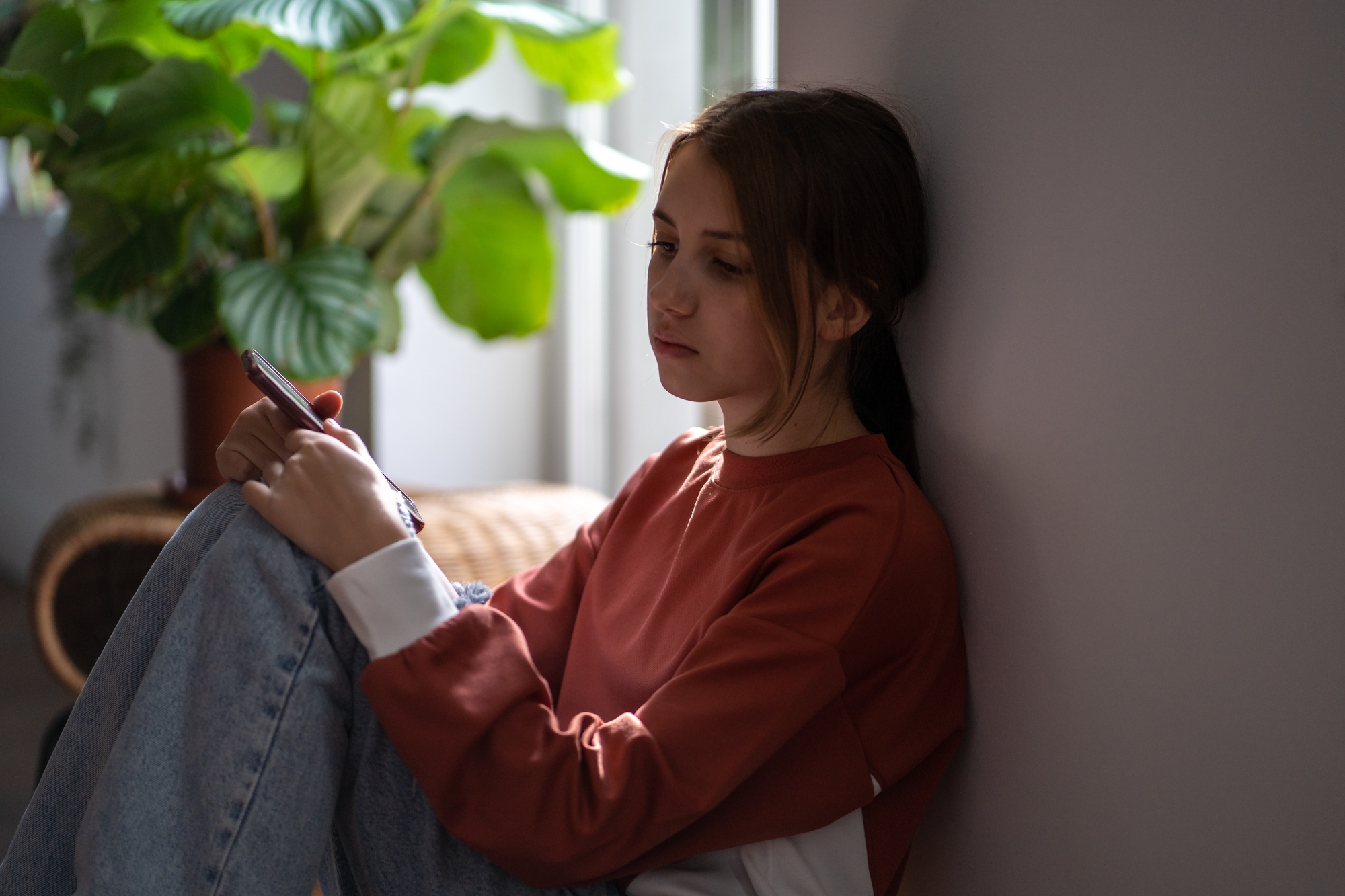A new study from e-Enfance shows that cyberbullying is an extremely widespread phenomenon.
Cyberharassment is an increasingly discussed phenomenon, as shown by the latest law aimed at securing and regulating the digital space, where provisions against these attacks have been decided. And if the problem affects everyone, it seems particularly acute among young populations where we find very many harassed people, but also many harassers.
1 in 4 children victims of cyberbullying
Things are not going well for young people on the web. This is what this new study by the e-Enfance association shows, carried out in collaboration with the Caisse d’Épargne. Because if we are to believe its figures, social networks have penetrated all age groups. 67% of 8-10 year olds use them, 93% of middle school students and 96% of high school students. As a result, the phenomena that may exist in reality at school are reproduced there and profoundly amplified.
24% of families surveyed explain having been confronted with cyber-harassment, or almost 1 in 4 children. And the phenomenon can happen very young. If high school students (27%) and middle school students (25%) are the most affected, 15% of children in the 8 to 10 year old age group also report having had to endure this form of harassment.
Cyberstalkers who do it again
Perhaps the harshest analysis of this study is that which focuses on cyberstalkers. 27% of young people would have witnessed this phenomenon, while 6% of them would have participated in it, which shows the mass nature of the problem. Worse, if 87% of them understand the issues at stake, 30% of harassers would have reoffended, creating a spiral in which 45% of victims of harassment would in turn want to harass to take revenge.
Finally, parents would not (for the moment) be an effective shield to protect their children, despite the new numerical majority imposed by the government. 70% of parents surveyed said “ not having the impression of controlling their children’s uses on social networks. » What if the beginning of the solution lay precisely in stricter monitoring of parents?
Screens occupy a central place in our lives as well as those of our children. More and more of them are using smartphones and other devices. Social networks, video games, messaging… It is increasingly difficult for parents to regulate their children’s screen time, especially since they themselves constantly use these digital devices. This is where parental control systems come into play. The objective of these tools is simple: to ensure that children can make reasonable use of screens, and do so in complete safety. To help you find the ideal service, we have selected for you the best apps currently available on the market.
Read more
Source : e-Childhood

15